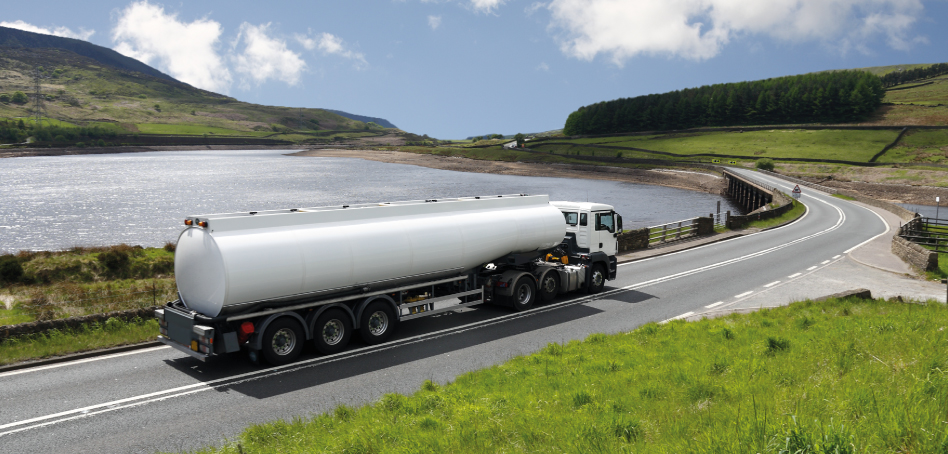Protect your business from storms
Published On : 01 Oct 2020
Are You Prepared For a Break in The Weather?
As much as we might want it to, the dry weather will not last forever and in these hot and humid conditions there is a good chance that when the rain comes, it will be in short, sharp bursts with little or no warning.
Weather forecasting has improved significantly in the last few years, although there is still little warning of precisely when and where localised severe weather and cloudbursts occur. Our roofs and drainage systems are generally designed to cope with most extremes of weather but only if they are in good condition and can work as they are meant to. It is not always obvious that these systems are becoming overtaxed until it is too late. Emergency action / intervention at this stage usually has limited impact.
The consequences of water entering your building are, at best, extremely inconvenient and in the worst cases, disastrous in terms of damage to stock, equipment, fixtures and fittings and general contamination. Taking the time now to carry out some basic checks and maintenance can significantly reduce the chances of a damaging loss and the checklist below suggests some areas for you to consider.
Think of the Consequences
In certain cases, the rainfall rate simply exceeds the capabilities of the drainage systems and despite your best efforts, water may enter buildings. Thinking in advance about how this will affect you and taking some sensible precautions may save considerable inconvenience, disruption and money should the worst occur.
• Don’t store stock directly on the floor. Even raising it 100mm can make all the difference.
• If you can avoid storing directly under valley gutters, then do so. If not, then try and store lower value, less vulnerable goods in these areas.
• Electrical, electronic and other sensitive equipment may be directly under potential water entry points. In the short term, think how you may protect it, longer term ask yourself if this is the correct location for it.
• Think about cellars, basements, trenches, pits, loading docks and other low-lying areas. After an extended dry period, water run off paths may be significantly different from the usual routes. If you have had any incidence of water ingress before then be prepared with sandbags or possibly Floodsax
• Check that normal surface water drains and other flow routes are unobstructed




